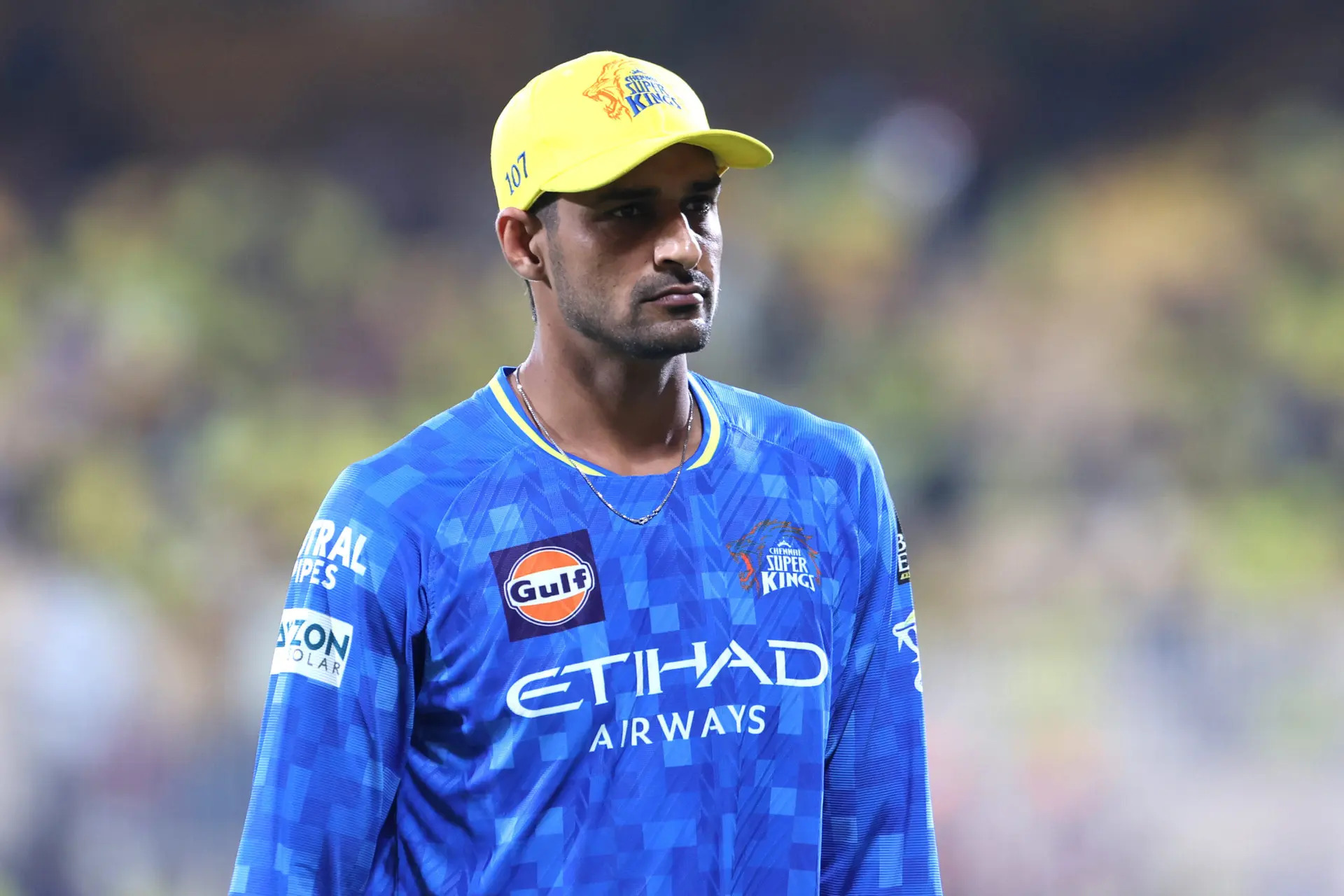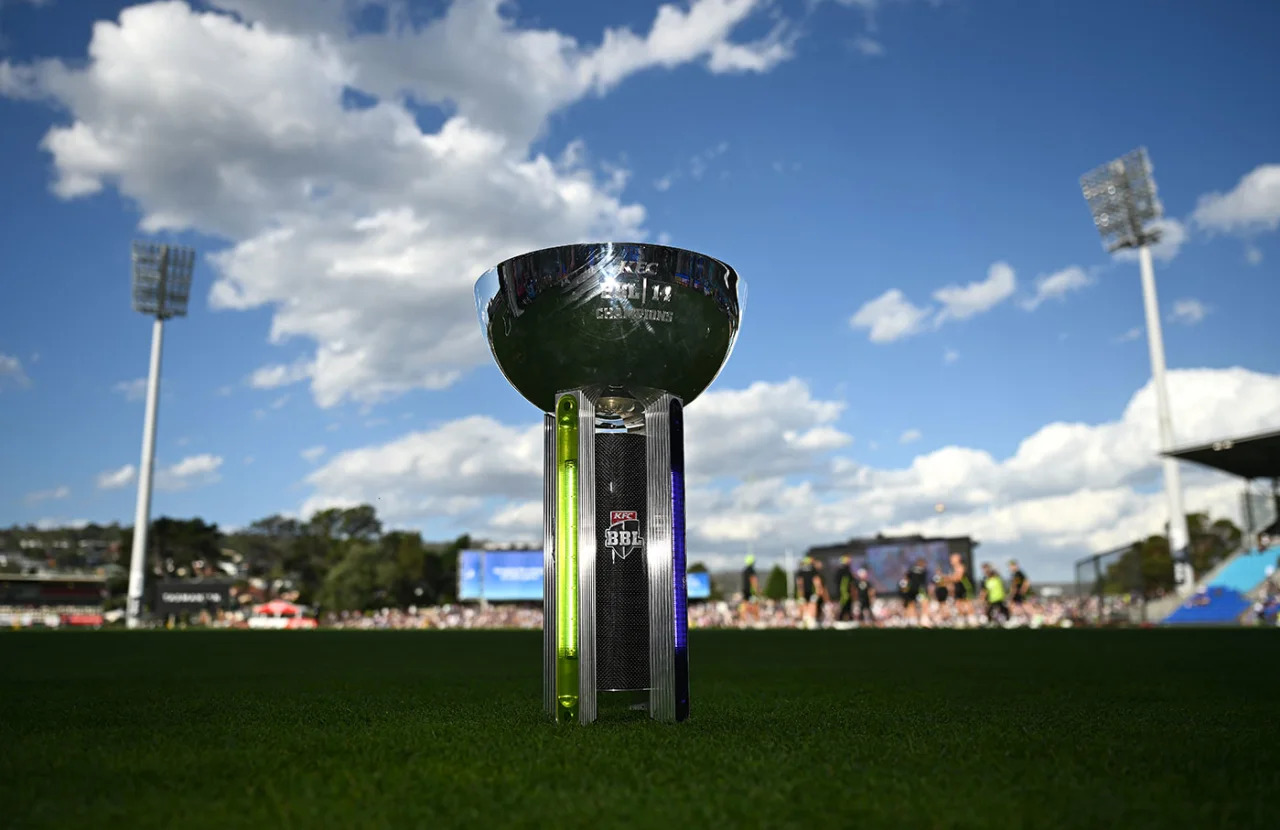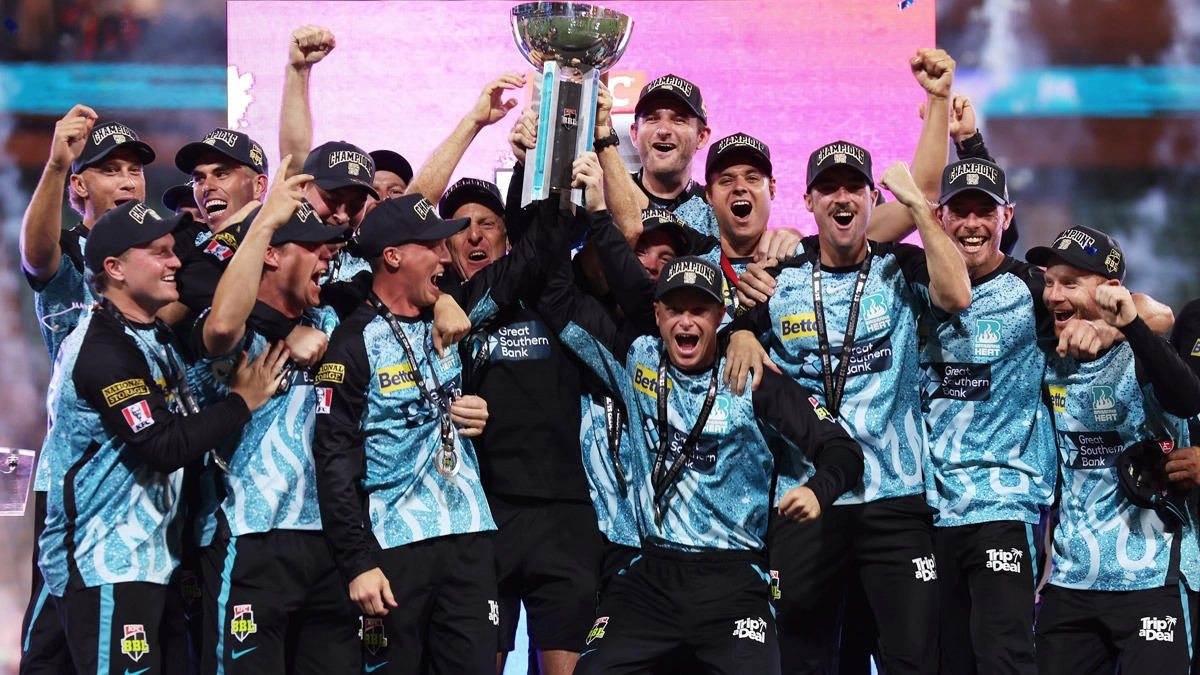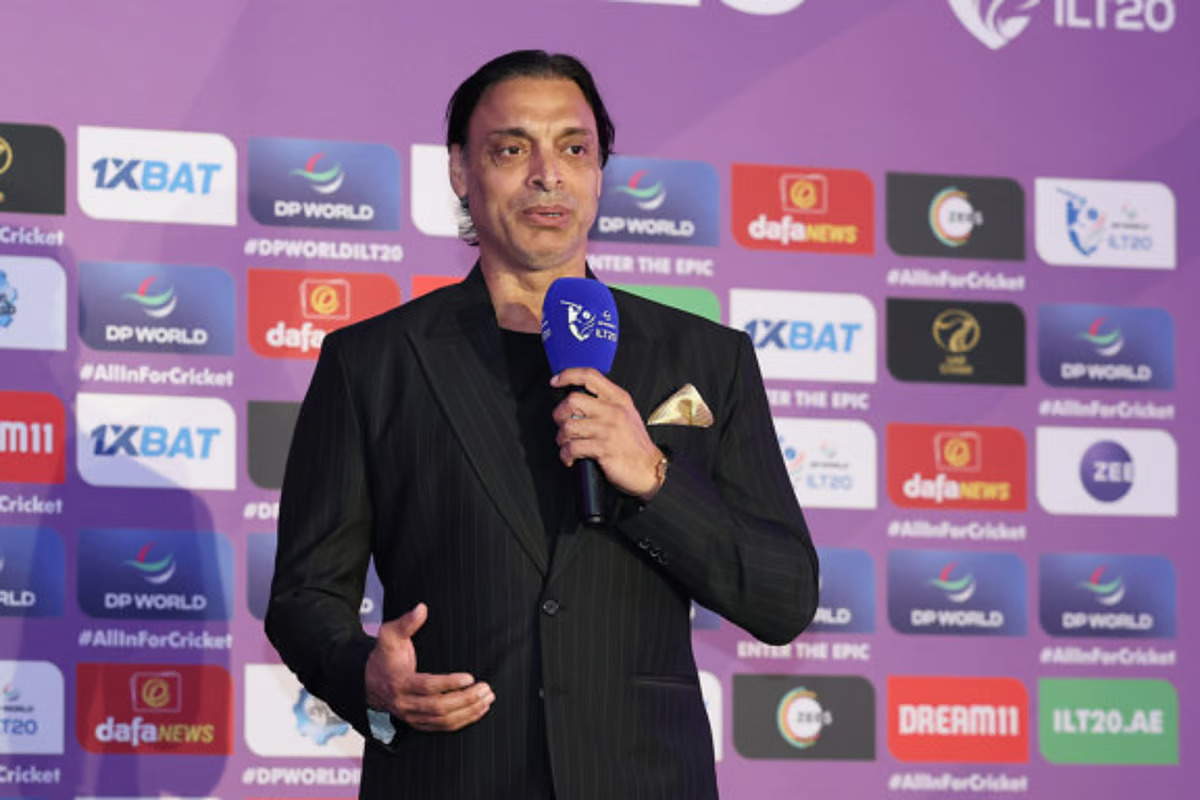India’s first tennis-ball T10 cricket competition, the Indian Street Premier League (ISPL) 2025, is still enthralling spectators with its unique fusion of entertainment and cricket. In addition to cricket fans, the very full Dadoji Kondadev Stadium in Thane and the cricket community as a whole showered the first week with praise.
The way the ISPL has been received has astonished former Indian players Rudra Pratap Singh and Mohammad Kaif, who have been watching the action from the commentary box. The competition received high appreciation from Kaif, who is well-known for his exploits during the 2002 NatWest Series victory, for giving undiscovered talent national exposure and financial stability through a professionally organised platform.
Cricket is a sport that runs in our family. Virender Sehwag, Sachin Tendulkar, and Mahendra Singh Dhoni all played tennis-ball cricket as children. A damp tennis ball was once used by Sachin Tendulkar as a pre-match drill. The increasing popularity of tennis-ball cricket and the way leagues like the ISPL are giving players the respect and money they need is encouraging, Kaif remarked.
“The ISPL provides young cricket players with an excellent platform.
In addition to providing them with publicity, it also helps them get ready for bigger stages like the IPL and first-class cricket. For both players and fans, the league is an amazing spectacle because of its novel regulations and distinctive style,” he continued.
India’s 2007 T20 World Cup winner, RP Singh, described the Indian Premier League as the game-changer for tennis-ball cricket players nationwide.
A tennis ball is typically used by those who want to become pace bowlers from an early age. Most cricket players stop playing gully cricket, but it’s admirable to arrange that in this style,” he added.
“I believe the players are fortunate to be participating in such a well-run event, and the process from trials, selection, to auction [in the ISPL] goes well. It is admirable that the league is providing the players with both financial security and recognition. “It is definitely changing with the league,” he said, adding that formerly they were limited to their communities and lacked such financial stability.
Kaif and RP Singh talked about how much they enjoyed playing tennis-ball cricket in their early years.
“When I was younger, I played tennis-ball cricket in Allahabad. Naturally, we didn’t play in a stadium this size; instead, we played outside. We wouldn’t be in the house when it rained. All of us would go out into the street and give it our all. As everyone knows, tennis-ball cricket has a variety of rules that fluctuate depending on the location. “I believe those constraints help you develop your cricket skills,” Kaif remarked.
In addition to my lengthy trip from Rae Bareilly to international cricket, I also had some experience with tennis balls. The excitement level is always high with smaller teams, and you learn a lot of things like team bonding. Playing tennis-ball cricket is the first way that any cricket player experiences happiness, according to RP Singh.
Tennis-ball cricket in India has been revolutionised by the Indian Premier League (ISPL) thanks to its organised format, fierce competition, and national recognition. The league is planning to hold trials in 101 cities for the third edition after seeing an incredible 30-lakh registrations for Season 2. February 15 is the date of the final.
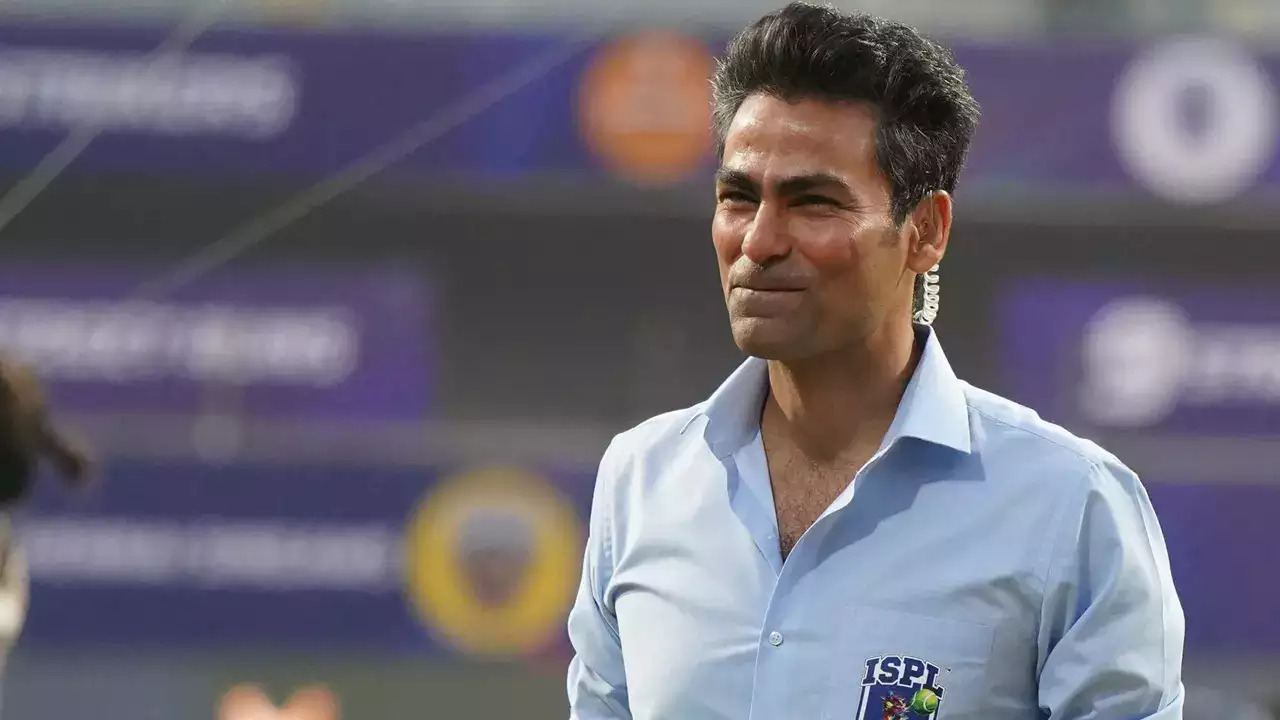
![[WATCH] Virat Kohli’s India return fuels buzz around possible Lionel Messi meet 2 [WATCH] Virat Kohli’s India return fuels buzz around possible Lionel Messi meet](https://cricketmood.in/wp-content/uploads/2025/12/1765633245912_Kohli-x-Messi-1.webp)
